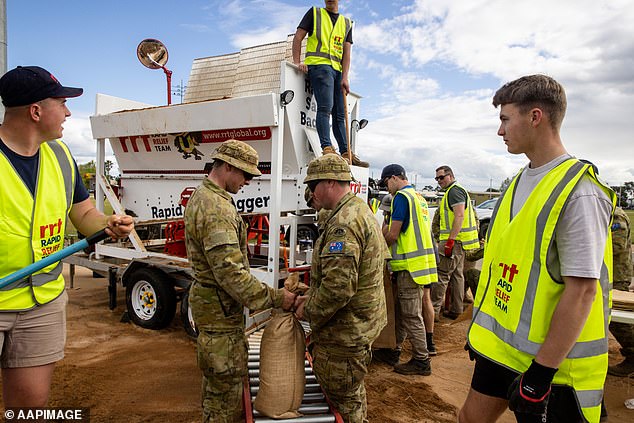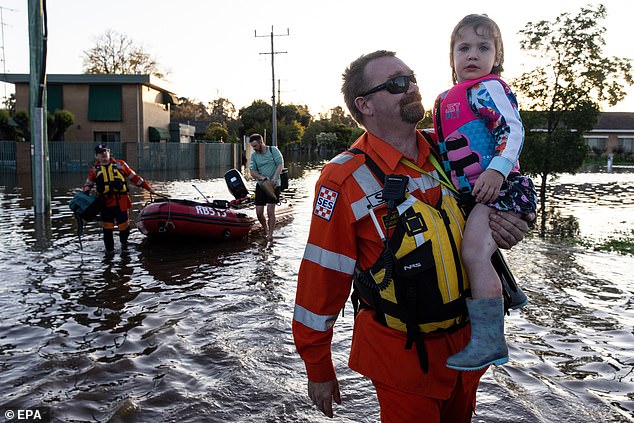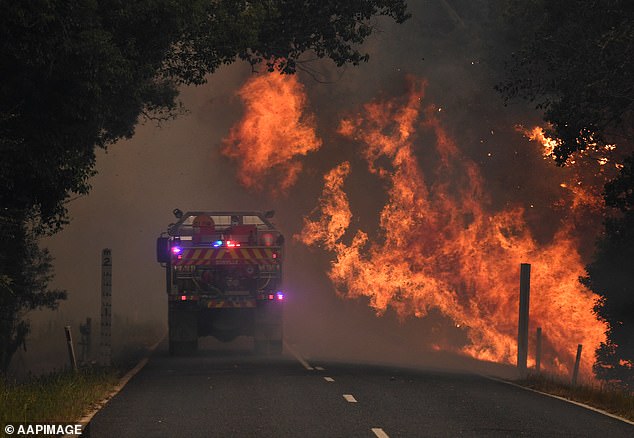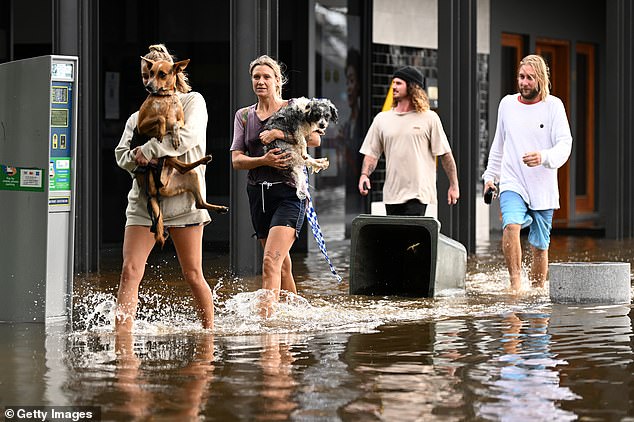Late winter and early spring have been marked by violent weather that has hit large parts of Australia, damaging homes and businesses and causing power outages.
These types of unpredictable weather conditions are also occurring around the world and are causing huge increases in premiums to the point where the future of insurance is in doubt.
In 2022, floods, hurricanes, hail, winter storms and droughts amounted to more than A$149 billion in insured losses globally.
The full impact and cost of the latest developments in Australia will not be known for some time, but can be expected to be significant.
Extreme weather
Australia is at the forefront of the impact of extreme weather on insurance premiums thanks to being one of the most climate-exposed nations in the world.
In the “great flood” of 2022, flooding in Queensland and New South Wales amounted to A$5.56 billion in insured losses from 236,000 individual claims.
Households facing insurance stress are paying more than a month of gross income in premiums

It is estimated that one in 25 homes will not be insured by 2030
As extreme weather conditions lead to ever-increasing losses, insurers are reluctant to provide coverage in higher-risk locations. Increasingly, they are not offering policies, making insurance unavailable or raising premiums to unaffordable levels.
One insurer reported that between 2020 and 2023, its average family premium increased by 56 percent.
And the situation is getting worse.
Insurance stress
In 2022, 10 per cent of Australian households faced extreme insurance stress, defined as paying more than four weeks of gross household income for a policy.
By 2024, this figure rose to 15 per cent of Australian households, with the most stressed households facing premiums of up to 9.6 weeks, or 18 per cent of their gross income.
This measure of insurance stress is based on gross household income. However, premiums are paid from net income after tax. Many households simply cannot afford insurance; the Insurance Council of Australia estimates that 23 per cent of households are uninsured.
In June 2024, the Australian Bureau of Statistics noted that insurance is a major contributor to rising costs of living across all household types.
Unsurprisingly, when it comes to paying energy bills, putting food on the table and fuel in the car, many Australians have no choice but to let their insurance lapse or buy less insurance than they need to recover after a weather event.
Why we can’t trust insurance
Even for those who are insured, widespread losses caused by extreme weather conditions mean they can’t necessarily rely on their insurance claims to recover from the disaster.
High claims volumes can lead to lengthy settlements as insurers’ resources are limited by the complexity of damage assessment and increased demand for trades and services, including temporary accommodation.
Excessive demand following a widespread loss has effects beyond emotionally charged claims processes, as insurers are using cash settlements to resolve claims quickly.
Cash settlements may be offered when the homeowner is underinsured and the policy does not cover complete repairs, when there is a lack of professionals and services to complete the work, or when homeowners are desperate for some compensation to help them get through the disaster.

Even for those who are insured, widespread losses caused by extreme weather conditions mean they can’t necessarily rely on their insurance claims to recover from the disaster.

The lack of affordable insurance also has significant negative consequences for Australia’s economy.
However, accepting cash has serious financial implications for landlords. Recent research reveals that cash deals are often quoted below the actual price and landlords lack the proper knowledge and experience to accurately evaluate the offer.
As a result, this can leave homeowners without enough money to fix their property, potentially leaving them with an uninhabitable home and a large amount of debt.
Economic impacts
The lack of affordable insurance also has significant negative consequences for Australia’s economy.
Home insurance is generally required to take out a mortgage. However, around 5% of Australian households with a mortgage are experiencing insurance stress.
These homeowners under insurance pressure find themselves in a precarious financial situation after extreme weather losses, as they do not have sufficient funds to repair their home and/or pay their mortgage.
Potential homeowners are also affected, as they may not be able to get a mortgage in riskier locations as banks anticipate insurance will be unavailable or unaffordable.
With one in 25 Australian homes estimated to be uninsurable by 2030, and one in seven homes in the most at-risk localities, this looming mortgage crisis will have far-reaching implications beyond home ownership.
Mortgages are critical to commercial lending, supporting the rental market and ensuring viable communities.
A grim prognosis
The combined effects of insurance stress, extreme weather, and pressure on banks to account for climate exposure will likely limit lending to small businesses, restrict housing supply, and impact jobs, especially in higher-risk locations.
This complex situation is already evident in cyclone-prone northern Australia, where the impact of rapidly rising premiums or lack of insurance availability means that small business owners, such as tourism and hospitality operators, are struggling to meet regulatory and licensing requirements.
This is forcing many to reconsider their future viability.
Given Australia’s reliance on homeownership for economic security, a robust rental market to support jobs and viable small businesses to support vibrant communities, the effects of extreme weather on insurance availability and affordability will impact us all.


